Imagine a river that defies the laws of nature — a river that, for a brief but dramatic moment every year, reverses its entire flow. It’s not a fantasy from a novel or a trick of the mind. This is the real-life story of the Tonle Sap River in Cambodia, a place where water runs uphill, and life dances to the rhythm of a world turned upside down. For the animals and people living nearby, this annual reversal isn’t just a curiosity — it’s everything. It’s survival, celebration, and the heartbeat of an ecosystem like nowhere else on Earth.
The Tonle Sap: Where the Impossible Happens

The Tonle Sap River is at the center of one of the world’s most remarkable natural phenomena. Each year, as the mighty Mekong River swells with monsoon rains, its waters surge into the Tonle Sap, forcing the river to reverse direction. For months, the flow runs backwards, flooding the surrounding forests and transforming the landscape. This is not just a rare event — it’s a lifeline. The reversal transforms a modest river into a vast, pulsing lake that expands and contracts with the seasons, creating a living, breathing ecosystem that supports millions.
Why Does the River Reverse?
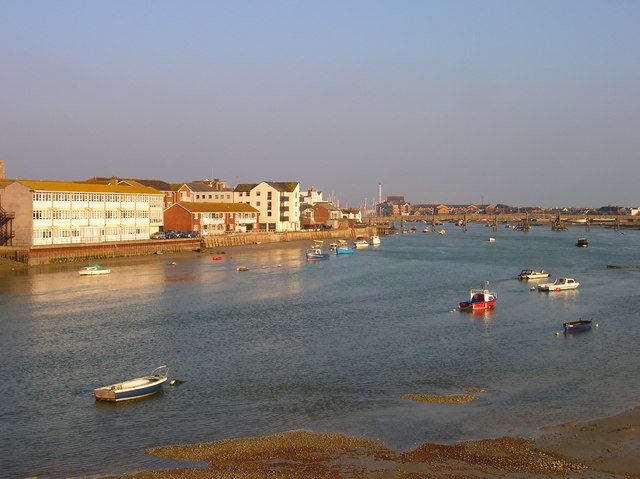
The secret behind this breathtaking reversal lies in the unique geography of Southeast Asia. When the monsoon arrives, the Mekong overflows dramatically, and the sheer volume of water pushes upstream into the Tonle Sap River. Instead of the river draining into the Mekong, the process flips: the Mekong floods the Tonle Sap. It’s like watching a movie in reverse, where the hero runs back into the burning building. This doesn’t happen anywhere else on such a scale, and it all hinges on the delicate dance between rain, river, and the pull of gravity.
The Pulse of an Expanding Lake
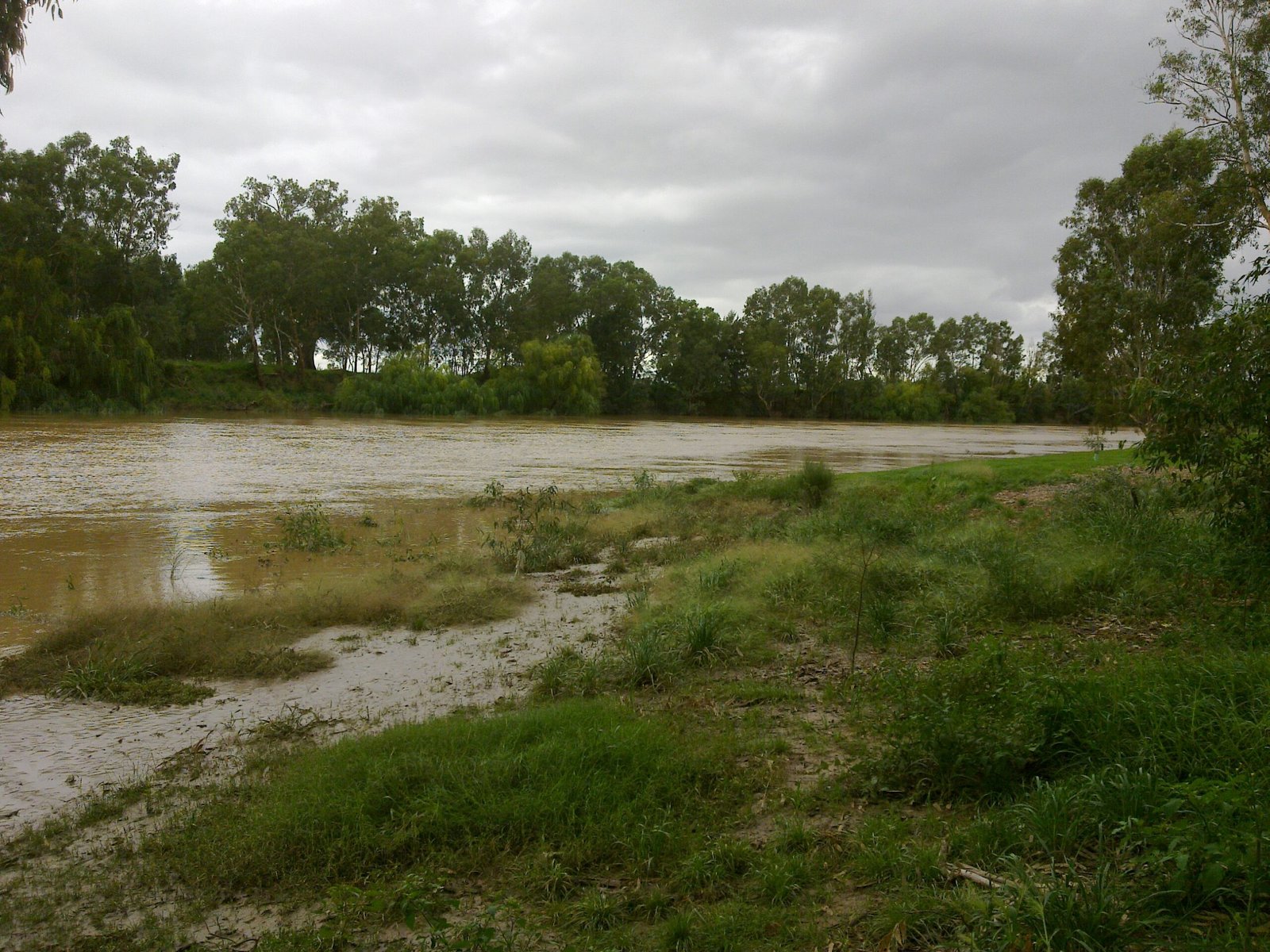
During the dry season, Tonle Sap Lake is about the size of a large city. But when the river reverses, it swells to more than five times its original area. Imagine your neighborhood suddenly turning into a sprawling lake. This expansion floods forests, fields, and even villages, turning the landscape into a watery wonderland. The cycle is both beautiful and brutal — it brings abundance, but also demands resilience from every living thing that calls the region home.
A Bounty for Fish and Fishermen
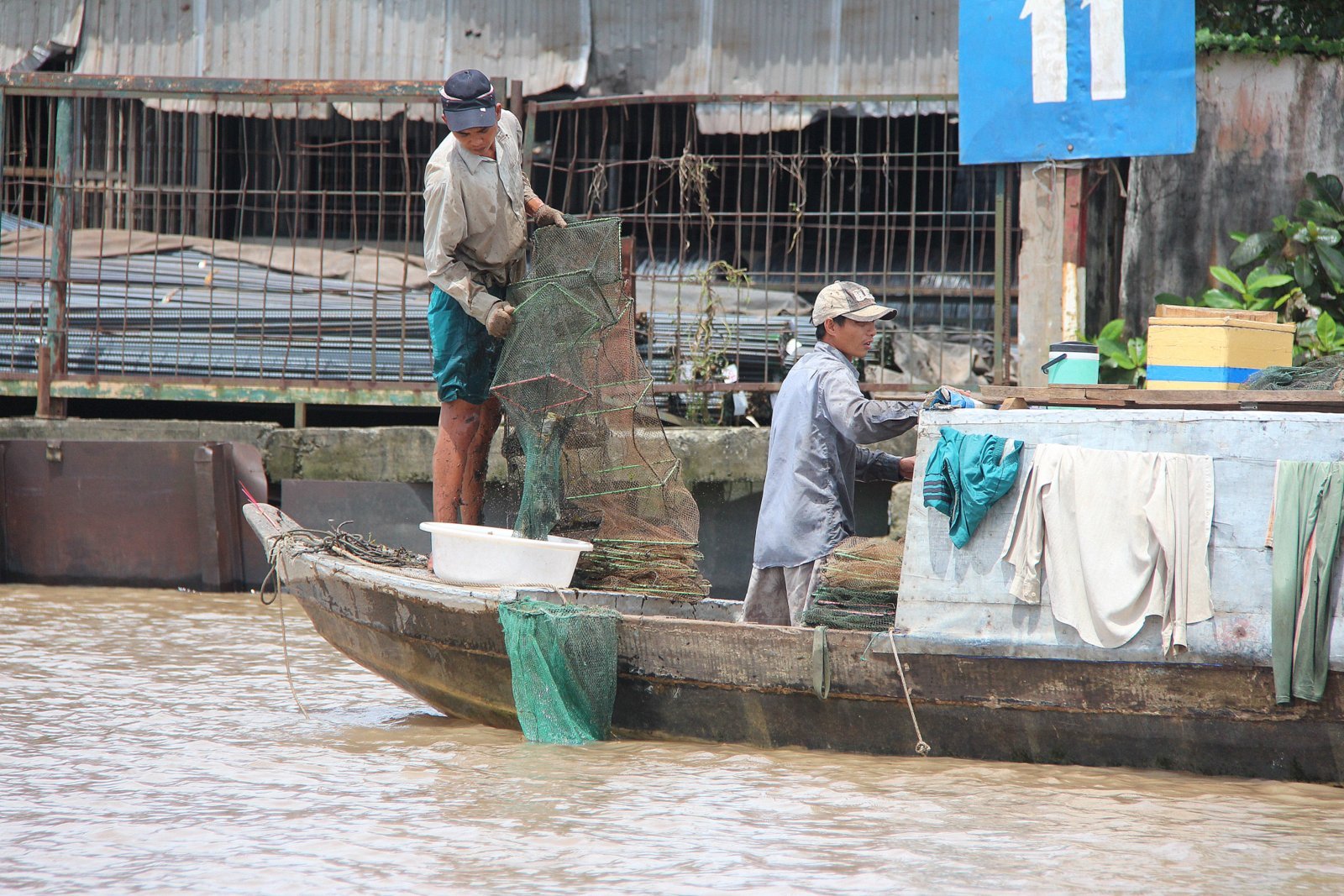
The backward flow triggers one of the greatest fish migrations on Earth. As the floodwaters spread, fish from the Mekong surge into the lake to spawn in the nutrient-rich waters. For local fishermen, this is the moment they wait for all year. Nets brim with silver flashes — catfish, snakehead, giant carp — many found nowhere else. The Tonle Sap yields up to 500,000 tons of fish annually, feeding millions and fueling a way of life that’s as old as legend.
The Floating Forests: A Sanctuary Revealed
As the water rises, it floods vast tracts of forest, creating a surreal landscape where trees stand rooted in shimmering water. These “flooded forests” are a haven for life. Birds nest in the branches above, while fish weave between submerged roots. Otters, turtles, and snakes glide through the watery maze. The forest becomes a floating nursery, sheltering young animals and offering refuge from predators. It’s a magical realm that appears and vanishes with the river’s pulse.
Birds on the Brink: The Wetland’s Winged Wonders
The annual flood draws a riot of birdlife. Storks, pelicans, and herons flock to the inundated forests, their cries echoing across the water. The Tonle Sap is one of Southeast Asia’s most vital bird habitats, supporting rare species like the spot-billed pelican and the greater adjutant. During the flood, birds find safe nesting grounds and an endless buffet of fish and amphibians. Without the backward river, these flocks might vanish forever.
Reptiles and Amphibians: Masters of Adaptation
The ever-changing waters challenge reptiles and amphibians to adapt or perish. Crocodiles lurk in quiet backwaters, turtles bask on floating logs, and frogs fill the nights with their chorus. When the water rises, they follow, spreading into new territories. Some species lay eggs in the flooded forests, taking advantage of the temporary abundance. The reversal acts like a reset button for these creatures, offering both risk and opportunity.
The Elusive Giant Catfish

Among the river’s most legendary residents is the Mekong giant catfish — a true river titan that can grow longer than a grown man. These gentle giants rely on the flood cycle to migrate and spawn. As the river flows backwards, they embark on epic journeys upstream, navigating the shifting currents. Their fate is tied to the reversal, and every year brings hope that these magnificent fish will endure.
Insects: The Swarm That Sustains
With the floodwaters come clouds of insects — dragonflies, mosquitoes, beetles — all thriving in the lush, wet conditions. For birds and fish, this annual insect boom is a feast. For the people living nearby, it’s a mixed blessing: the buzzing swarms can be a nuisance, but they also signal the renewal of life. Insects help pollinate, break down dead plant matter, and become the foundation for the food web that supports the entire ecosystem.
Flooded Fields: A Lifeline for Farmers
The backward flow doesn’t just feed the wild — it feeds people, too. As the waters recede, they leave behind rich, silty soil perfect for rice farming. Entire communities depend on this natural fertilizer. After the flood, farmers rush to plant crops in the moist earth, knowing that the next reversal is never far away. The river’s gift ensures bountiful harvests and full bellies.
Tonle Sap’s Human Stories
Life on the Tonle Sap is a story of adaptation and ingenuity. Villages float on the water, with homes, schools, and even markets built on rafts or stilts. People move with the river, relocating as the lake grows and shrinks. Daily life is inseparable from the water’s rhythm — children learn to paddle before they can walk, and elders read the sky and currents like an open book. Traditions, festivals, and legends all swirl around the river’s reversal.
Cultural Festivals: Celebrating the Backward Flow
The river’s reversal is cause for celebration. Each year, Cambodians gather for the Bon Om Touk — the Water Festival — a riotous, three-day event marking the change in flow. Long, narrow boats race down the river, cheered on by crowds lining the banks. Lanterns light up the night, and prayers are offered to thank the river for its bounty. It’s a time of joy, gratitude, and unity, rooted in the river’s mysterious ways.
Climate Change: A Threat to the Miracle
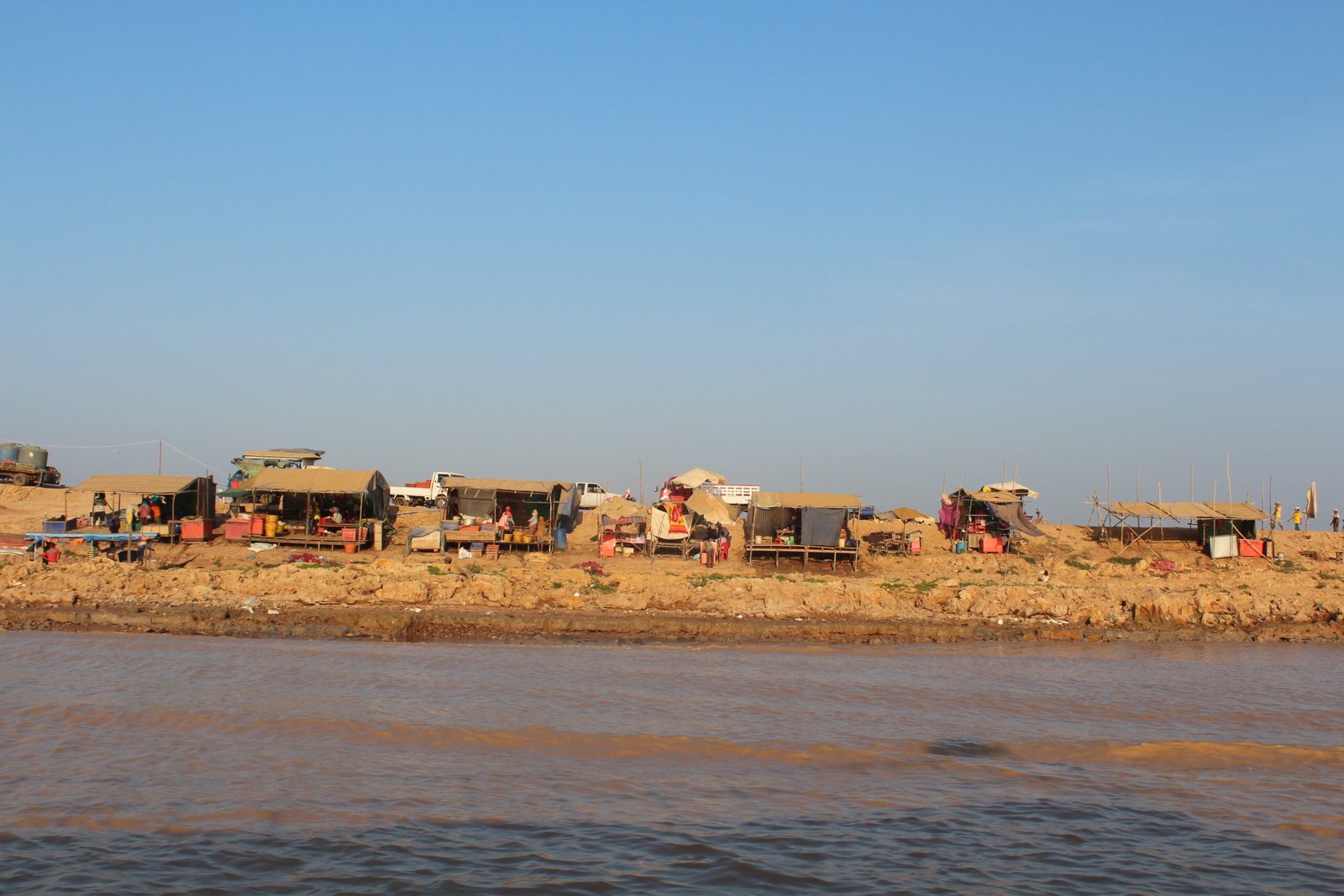
But the future of the Tonle Sap’s reversal is far from certain. Climate change, dams, and upstream development threaten to disrupt the delicate balance that makes this phenomenon possible. Unpredictable rainfall and water management projects could stop the river from reversing altogether, with devastating consequences for the animals and people who depend on it. The world is watching, and every year the stakes grow higher.
Conservation Efforts: Fighting for the Flood
Scientists, conservationists, and local communities are working together to protect the Tonle Sap and its unique flood pulse. Efforts include monitoring fish populations, restoring flooded forests, and advocating for sustainable water management. Education campaigns aim to inspire the next generation to cherish and defend their watery world. The fight is urgent, but hope remains — as long as the river flows, there’s a chance for renewal.
Lessons from a Backward River

The Tonle Sap’s story is a living lesson in resilience, cooperation, and the power of nature to surprise us. It teaches that extremes can bring abundance, that change is not always something to fear, and that survival means embracing the unexpected. For scientists, it’s a natural laboratory; for locals, it’s home. For the rest of us, it’s a reminder that even the most impossible stories can be true.
The River’s Whisper: A Call to Wonder
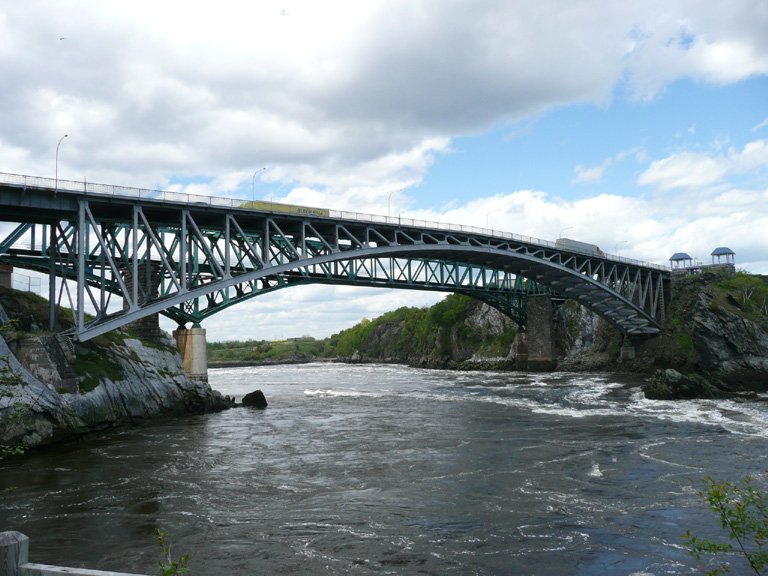
Standing on the banks of the Tonle Sap as the river shifts direction, it’s hard not to feel awe. The air is thick with the scent of wet earth, the sound of splashing fish, and the laughter of children paddling through flooded trees. It’s a moment that connects past, present, and future — a fleeting miracle, repeated every year like a heartbeat. The world is full of wonders, but few are as humbling, as mysterious, or as vital as the river that flows backwards and the wild parade of life it sustains.




